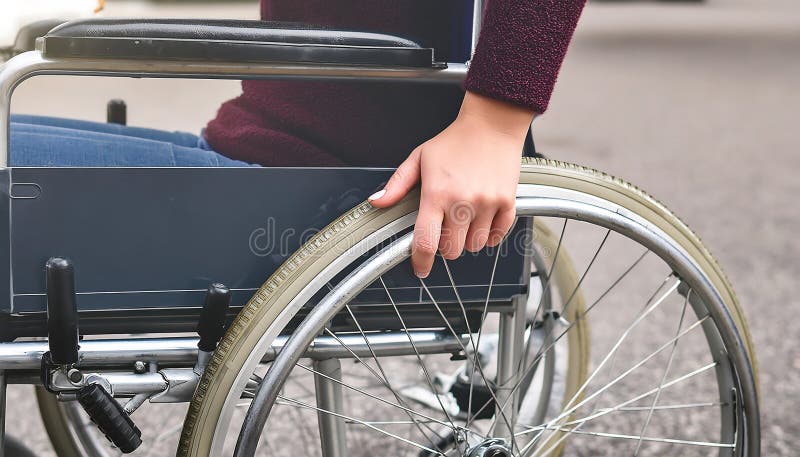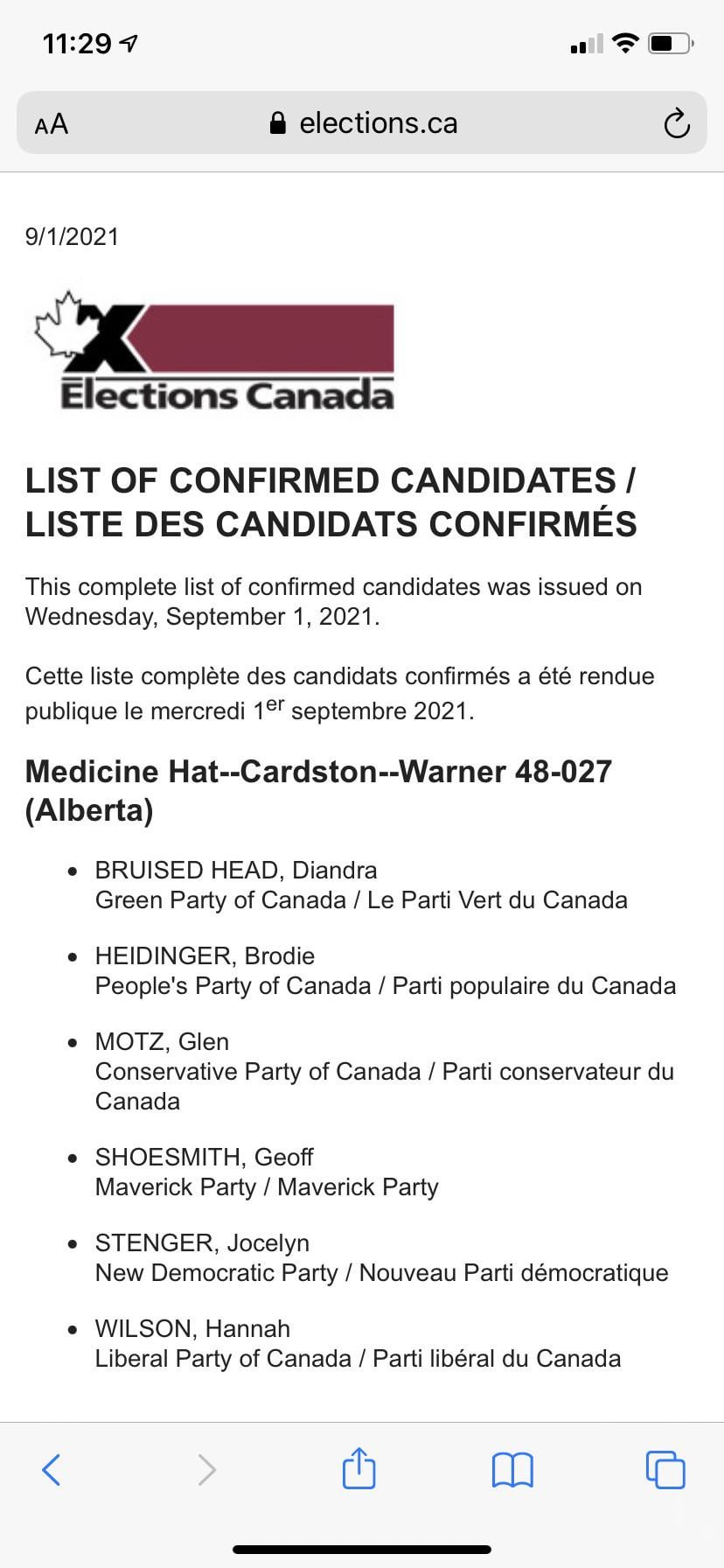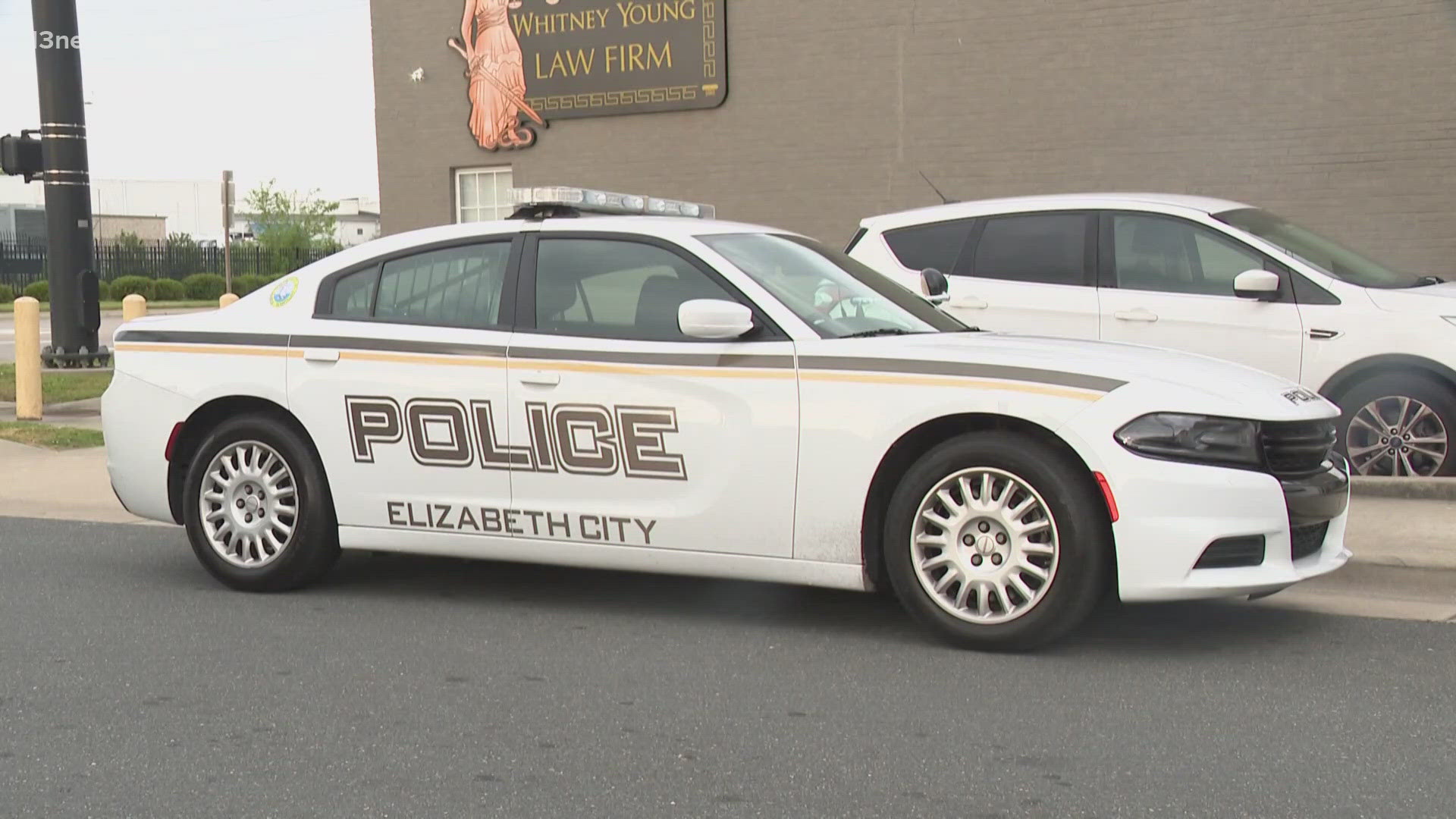Elizabeth Line Accessibility: Addressing Wheelchair User Challenges

Table of Contents
Navigating Stations: Challenges and Improvements
Navigating Elizabeth Line stations presents several hurdles for wheelchair users. The physical layout, while generally well-designed, still presents some significant accessibility challenges. Ramps, lifts, and platform gaps all play a role in determining the ease of travel for wheelchair users.
For instance, some stations, while equipped with lifts, experience overcrowding during peak hours, leading to significant delays. Others have reported issues with poorly maintained lifts, causing unexpected breakdowns and significant inconvenience. Even seemingly minor issues like steep ramps or a lack of clear signage for accessible routes can create major obstacles.
Here's a breakdown of common challenges:
- Steep Ramps: Some ramps have steeper inclines than ideal, making them challenging for some wheelchair users.
- Insufficient Lift Capacity: During peak times, lift capacity is often insufficient, leading to long waits.
- Poorly Maintained Lifts: Malfunctioning lifts disrupt journeys and cause significant frustration.
- Lack of Clear Signage: Ambiguous signage makes it difficult to locate accessible routes quickly and efficiently.
Potential solutions include:
- Improved Lift Maintenance & Increased Capacity: Regular maintenance and the installation of additional lifts in high-traffic areas are crucial.
- Wider Ramps with Gentler Slopes: Redesigning ramps with gentler slopes significantly improves accessibility.
- Tactile Paving & Clear Audio Announcements: Implementing tactile paving and clear audio announcements enhances navigation for visually impaired wheelchair users.
- Dedicated Accessible Entrances & Exits: Creating dedicated accessible entrances and exits minimizes congestion and improves efficiency.
Train Accessibility Features & Onboard Experience
The accessibility features within the Elizabeth Line trains themselves are generally well-regarded. However, several factors still impact the overall onboard experience for wheelchair users.
Key aspects of the onboard experience include:
- Sufficient Wheelchair Spaces: The availability of sufficient, clearly marked wheelchair spaces is paramount.
- Adequate Space for Boarding & Maneuvering: Sufficient space for boarding and maneuvering within the train is essential for comfortable travel.
- Reliable & Accessible Announcements: Clear and timely announcements regarding stops and transfers are crucial for all passengers, particularly those with disabilities.
- Adequate Assistance from Staff: Well-trained staff readily available to assist wheelchair users is a crucial aspect of a positive journey.
Overcrowding remains a significant issue, impacting wheelchair users' ability to board comfortably and safely. Ensuring sufficient space, especially during peak hours, is crucial. The availability of assistance for boarding and disembarking should also be consistently reliable and readily accessible.
Information and Communication for Wheelchair Users
The accessibility of information systems plays a critical role in enabling independent travel for wheelchair users. Effective communication is key to a positive experience.
Key areas for improvement include:
- Website Accessibility for Journey Planning: The Elizabeth Line website must be fully accessible, enabling easy journey planning for wheelchair users.
- Real-Time Information Updates Regarding Lift Availability: Providing real-time information about lift availability is crucial for efficient journey planning.
- Clear and Accessible Journey Planning Apps: User-friendly apps with accessible features simplify journey planning.
- Multilingual Accessibility Options: Offering multilingual accessibility options ensures inclusivity for all users.
Proactive communication regarding planned maintenance or disruptions affecting accessible routes is paramount to avoid unexpected delays and inconveniences for wheelchair users.
Comparison with Other Accessible Rail Systems
Comparing the Elizabeth Line's accessibility features with other major accessible rail systems globally highlights both strengths and weaknesses. While the Elizabeth Line demonstrates commendable efforts in several areas, best practices from other systems—such as dedicated accessible customer service teams or advanced real-time accessibility information systems—could further enhance the experience. Learning from international examples of best practices in Elizabeth Line accessibility is essential for continuous improvement.
Improving Elizabeth Line Accessibility for Wheelchair Users
In summary, while the Elizabeth Line represents a significant step forward in public transportation accessibility, several challenges remain for wheelchair users. Addressing issues such as lift maintenance, ramp design, information accessibility, and staff training is crucial for improving the overall experience. By implementing the suggested solutions and continuing to prioritize accessibility, the Elizabeth Line can become a true model of inclusive public transportation.
We encourage you to share your experiences and feedback to help us improve Elizabeth Line accessibility for wheelchair users. Your input is vital in shaping a more inclusive and accessible future for everyone. Please visit [link to feedback form] or contact us at [email address or phone number] to share your thoughts and contribute to improving Elizabeth Line wheelchair access and overall Elizabeth Line accessibility.

Featured Posts
-
 Senate Democrats Accusation Pam Bondi And Hidden Epstein Records
May 10, 2025
Senate Democrats Accusation Pam Bondi And Hidden Epstein Records
May 10, 2025 -
 Reactions To Bert Kreischers Netflix Comedy His Wifes Perspective
May 10, 2025
Reactions To Bert Kreischers Netflix Comedy His Wifes Perspective
May 10, 2025 -
 Bangkok Post Highlights Urgent Need For Transgender Rights
May 10, 2025
Bangkok Post Highlights Urgent Need For Transgender Rights
May 10, 2025 -
 Everything You Need To Know About Your Nl Federal Candidates
May 10, 2025
Everything You Need To Know About Your Nl Federal Candidates
May 10, 2025 -
 Dozens Of Cars Burglarized Elizabeth City Apartment Complex Crime Spree
May 10, 2025
Dozens Of Cars Burglarized Elizabeth City Apartment Complex Crime Spree
May 10, 2025
